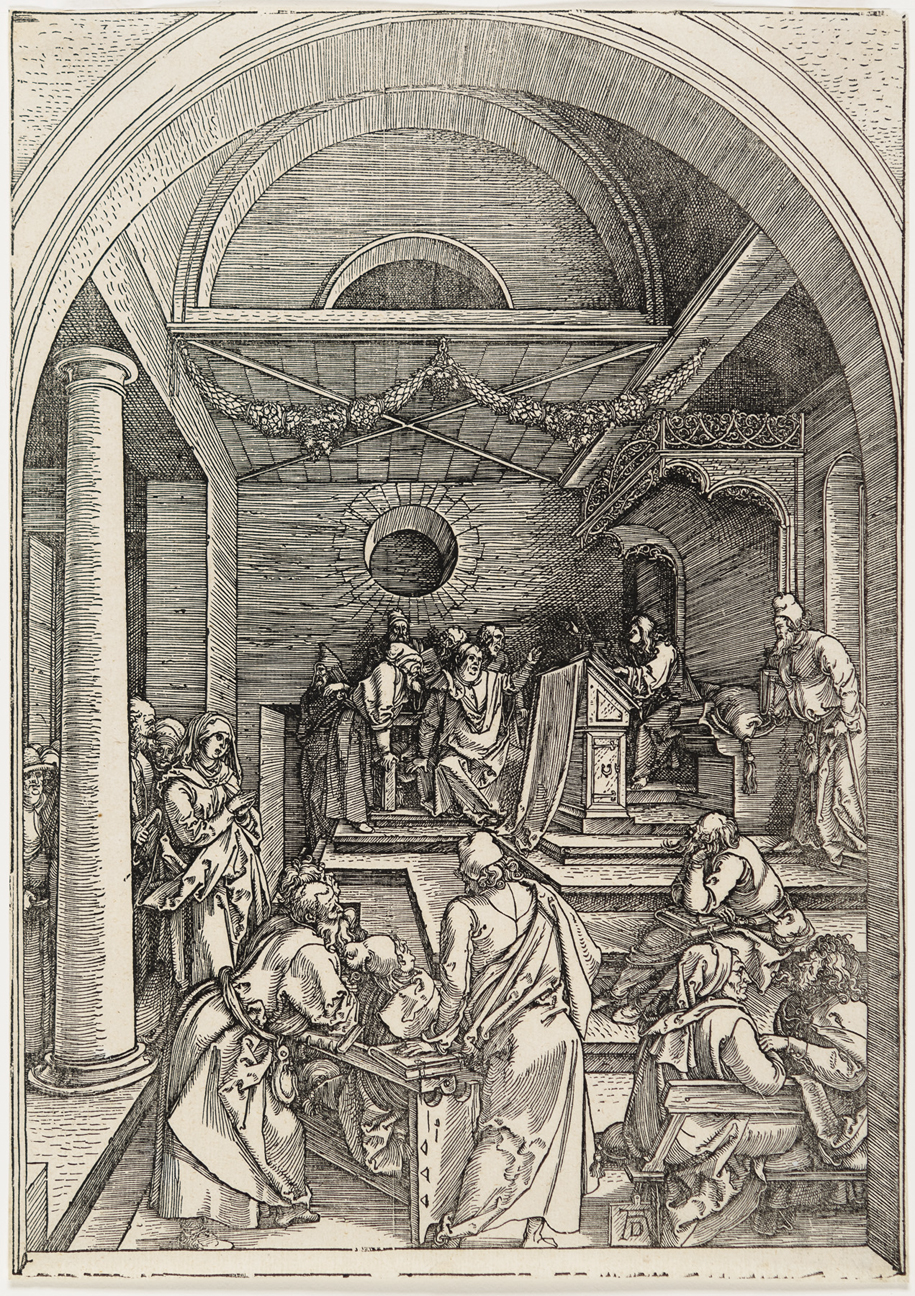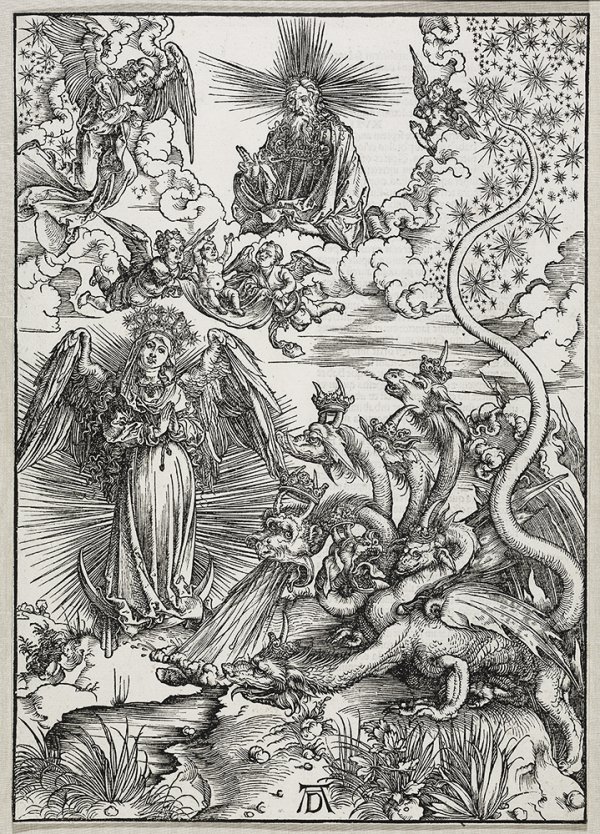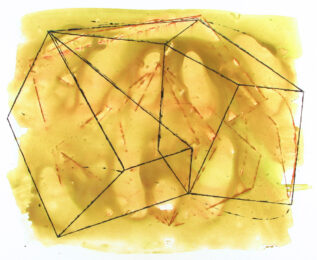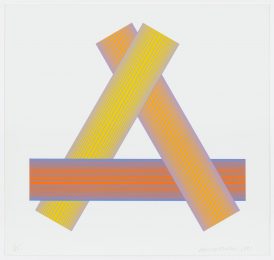Albrecht Durer Woodcuts
Albrecht Durer woodcuts transformed printing through the use of fine, graceful lines, intricate details, and subtle gradations, efforts that could be achieved only through skilful and precise carving. While Durer’s key role in designing woodcuts is certain, his involvement in cutting the blocks can be debated.

Albrecht Durer was one of the leading figures of the Northern Renaissance, who created masterpieces in the mediums of drawing, paintings and printmaking. He also made significant contributions to the exchange of knowledge between the Italian and the Northern Renaissance, and established important relations with representatives of Italian Renaissance. Throughout his life, Durer made two trips to Italy, where he acquired vital knowledge of proportions, anatomy and perspective. He then dedicated extensive portions of his life to spreading this theoretical knowledge, making it available to younger artists in Four Books of Human Proportion (publ. c. 1528) and Instruction in Measurement (1525).

The woodcut, one of the earliest printmaking techniques, became popular in Europe around 1400. Woodcuts are produced by carving an image into a block of wood, usually a hard fruitwood, cut parallel to its grain. Only the lines and shapes of the drawn design are left standing in relief; all other areas of the wood are carefully excised with sharp woodworking tools, such as gouges, chisels, and knives. A viscous ink, which would in Durer’s time have been composed of finely ground lampblack and oil, is applied to the raised surface by dabbing or by rolling with a brayer. The image is then transferred onto a sheet of paper, either manually, by rubbing it against the inked surface of the block, or, mechanically, by the use of a printing press. The image on the block appears in reverse on the page. The difficulty of cutting the woodblock and the likelihood that the lines would break down with repeated printings meant that early woodcuts were characterised by crude, thick lines without much shading or texture.



